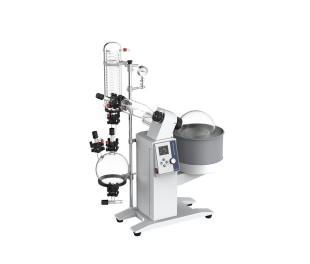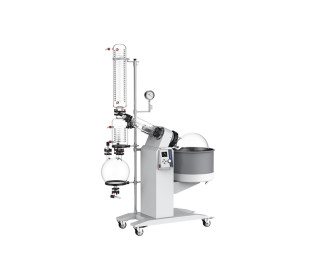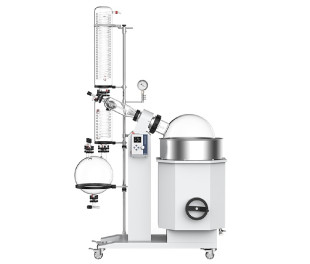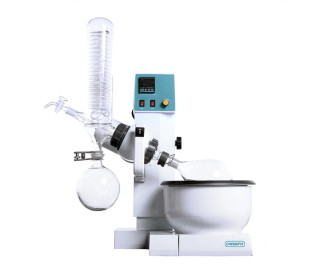Rotary evaporators
Rotary Evaporators
When you need to strip solvents from your samples without cooking them, rotary evaporators become your workhorse. The rotating flask creates a thin film that evaporates faster than a static bath ever could, while vacuum pressure drops the boiling point so you're not degrading temperature-sensitive compounds.
Efficient Solvent Recovery Through Rotary Evaporation Technology
The magic happens when rotation meets reduced pressure. As your flask spins at 60-120 rpm (you'll rarely need the full 280 rpm range), centrifugal force spreads your solution into a thin layer against the glass walls. Heat transfers faster through this film, and solvent molecules escape more readily into the vapor phase. You'll recover 80-95% of your solvent if you're running circulating chillers and heaters at proper temperatures—the chiller keeps your condenser cold enough to capture vapors efficiently.
Vacuum-Controlled Evaporation Systems
- Diaphragm pumps: Pull down to 2-5 mbar for most organic solvents like ethanol, methanol, and acetone without the oil contamination risk of rotary vane pumps
- PTFE vacuum valves: Let you fine-tune pressure during evaporation—critical when you're working with bumping-prone solutions or need to slow down aggressive solvents like dichloromethane
- Vacuum release control: Prevents your sample from sucking back into the condenser when you break vacuum (learned that lesson the hard way)
Bath Temperature and Rotation Speed Controls
Set your bath 20-30°C above your solvent's boiling point under vacuum. For ethanol under 100 mbar vacuum, you're looking at 30-35°C bath temperature versus 78°C at atmospheric pressure. Digital controllers maintain ±1°C stability, which matters when you're concentrating heat-labile natural products or peptides. Rotation speed affects film thickness—slower speeds work better for viscous samples, faster for aqueous solutions that need aggressive evaporation.
Condenser Configurations and Glassware Options
Vertical condensers handle standard solvent removal, but you'll want a diagonal or reflux condenser for low-boiling solvents like ether or pentane. Glass reactors connect when you're scaling up synthesis work, while a Claisen adapter or adapter fractionation connecting 75° with socket lets you add reagents during evaporation. The adapter bent 75° helps with tight hood spaces. Flask capacities from 50ml to 5L mean you're filling only 30-40% volume—a 1L flask actually processes 300-400ml efficiently.
Our partners
We only work with trusted brands
Sign up to our newsletter to get the latest news and updates about our products.











